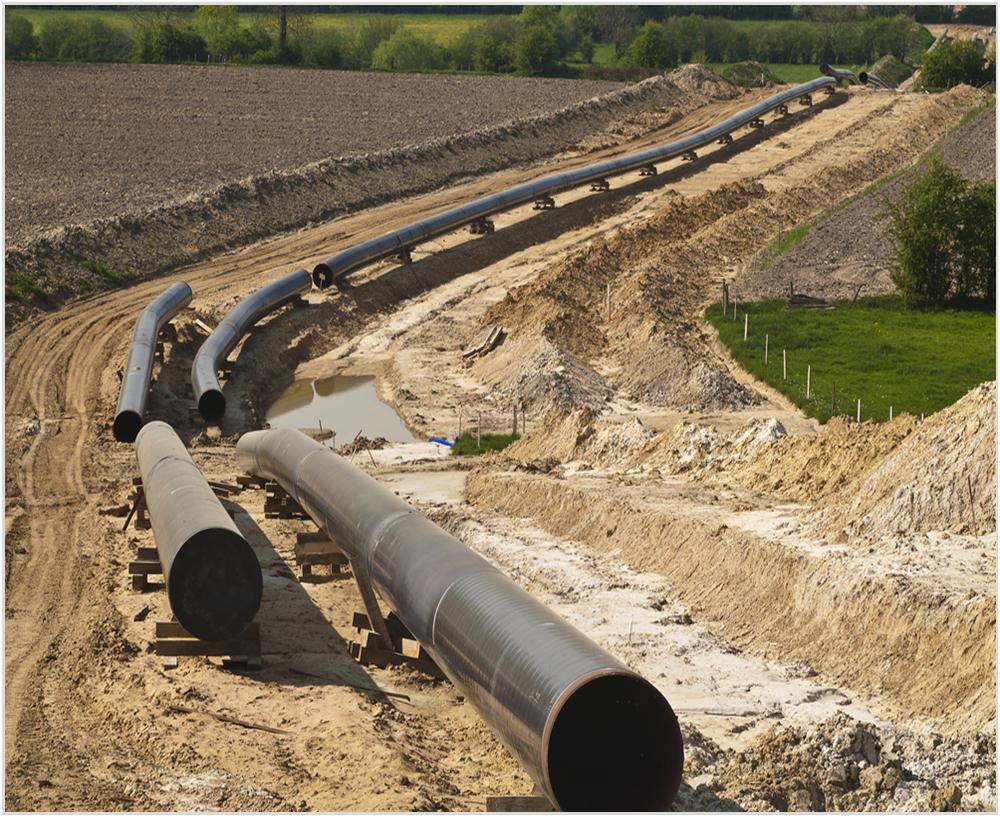Works on three gas pipelines are underway to enhance the supply of natural gas to central and northern regions of Iran, as demand for the critical energy resource will increase in winter.
“One pipeline stretching from Damghan in Semnan Province to Neka in Mazandaran has made 65% progress,” Hassan Montazer Torbati, the CEO of Iranian Gas Engineering and Development Company, was quoted as saying by Shana.
Other projects include a gas pipeline from Meyami in Semnan to Golestan Province, while the Third Iran Gas Trunkline will deliver gas to Gilan Province.
"To complete the Damghan-Neka pipeline, obstacles such as mountains and jungles have made the project difficult to implement," he said.
“As the project is of high importance, its fund was provided from domestic resources that expedited the plan’s pace of development.”
According to Torbati, plans call for launching a part of the pipeline by the end of the current Iranian year (ending March 20, 2017).
As the Third Iran Gas Trunkline has reached Gilan, another pipeline from Rasht to the province’s other city Sangar, which will exclusively supply gas to the province, is due to be constructed.
The prospective Rasht-Sangar pipeline will assist the trunkline to deliver more gas to Mazandaran.
Neka’s gas compressor station, which has the capacity to transfer up to 34 million cubic meters of gas per day, will play an important role in boosting gas delivery to northern Iran.
The official added that the 170-kilometer pipeline will boost gas supply to the provinces.
Referring to the disconnection of Turkmenistan-Iran gas pipeline in 2008 due to disagreements over gas price, Torbati said the National Iranian Gas Company decided to launch three gas supply projects to the north in order to gradually reduce dependence on gas import from Turkmenistan.
Azizollah Ramezani, NIGC’s director for international affairs, said in May that Iran aims to export 300-350 million cubic meters of natural gas to 15 neighboring countries in the years to come.
Pointing to the fact that Iran has signed gas export, import and swap deals with Armenia, Azerbaijan, Turkmenistan and Pakistan, Ramezani said gas negotiations with Afghanistan, Oman, Kuwait and other Persian Gulf littoral states are underway.
Iran’s current gas production stands at 700 mcm/d and plans have been made to raise the volume to 1.2 billion cubic meters by the end of the sixth five-year development plan (2016-21).


